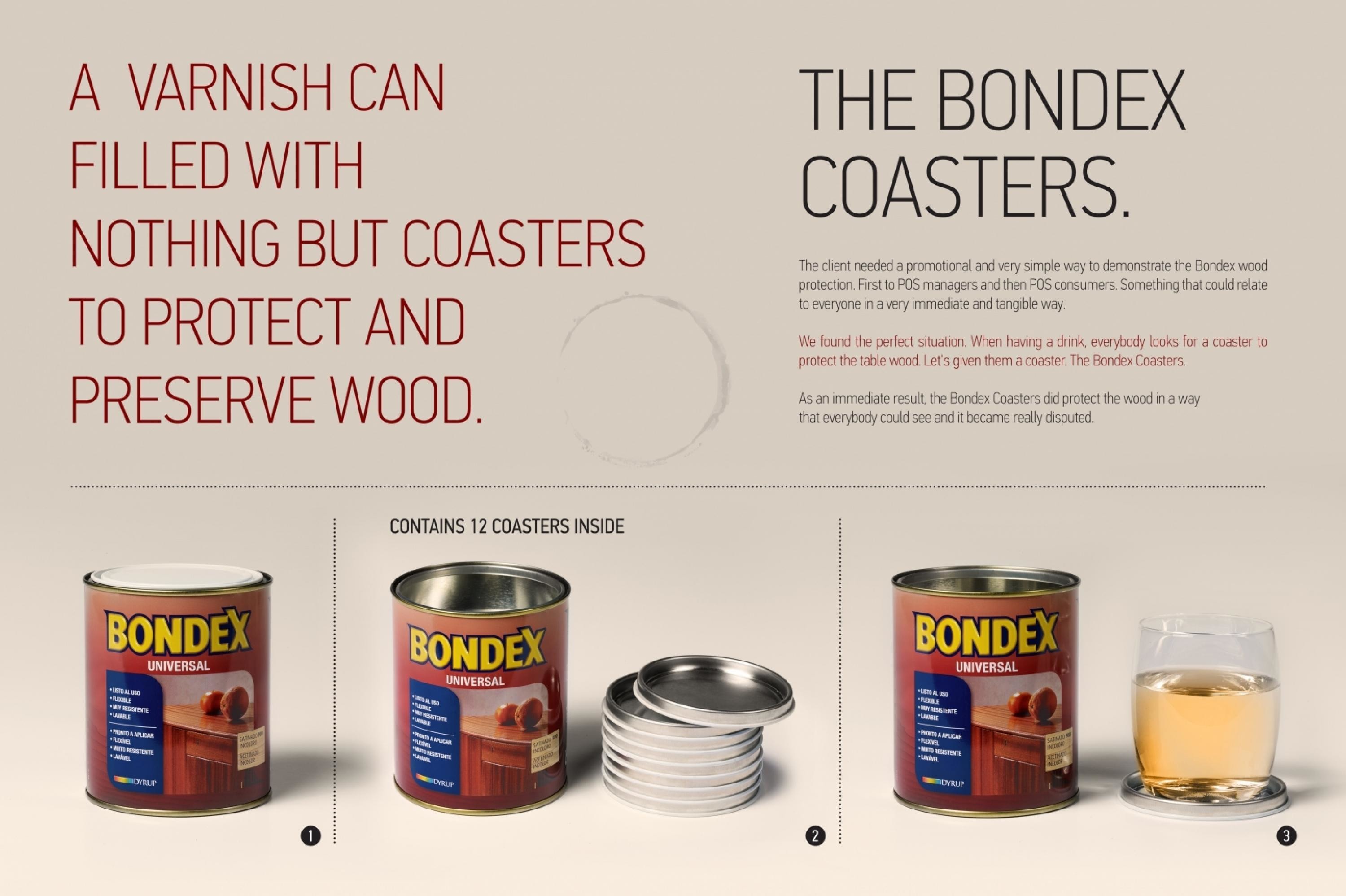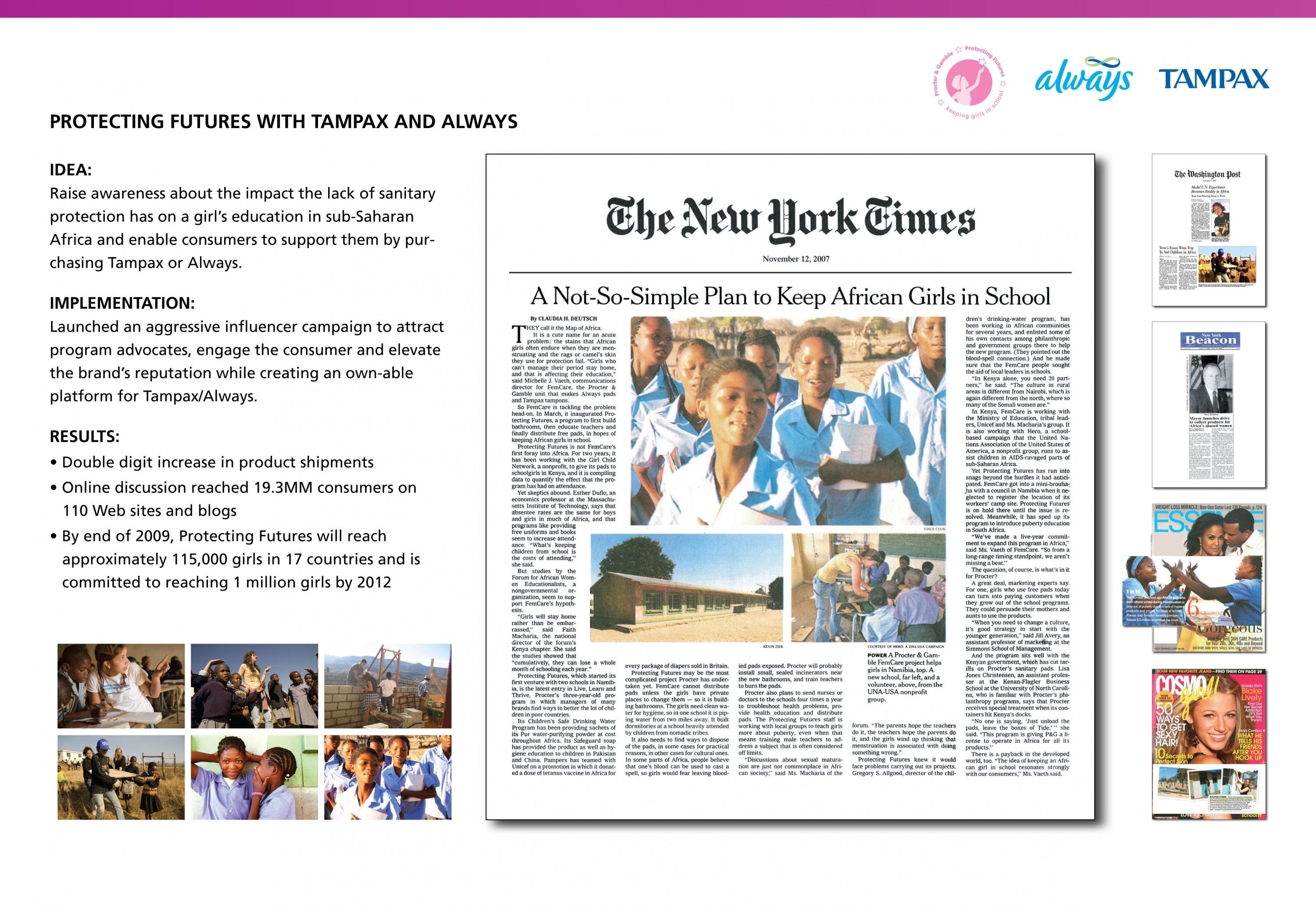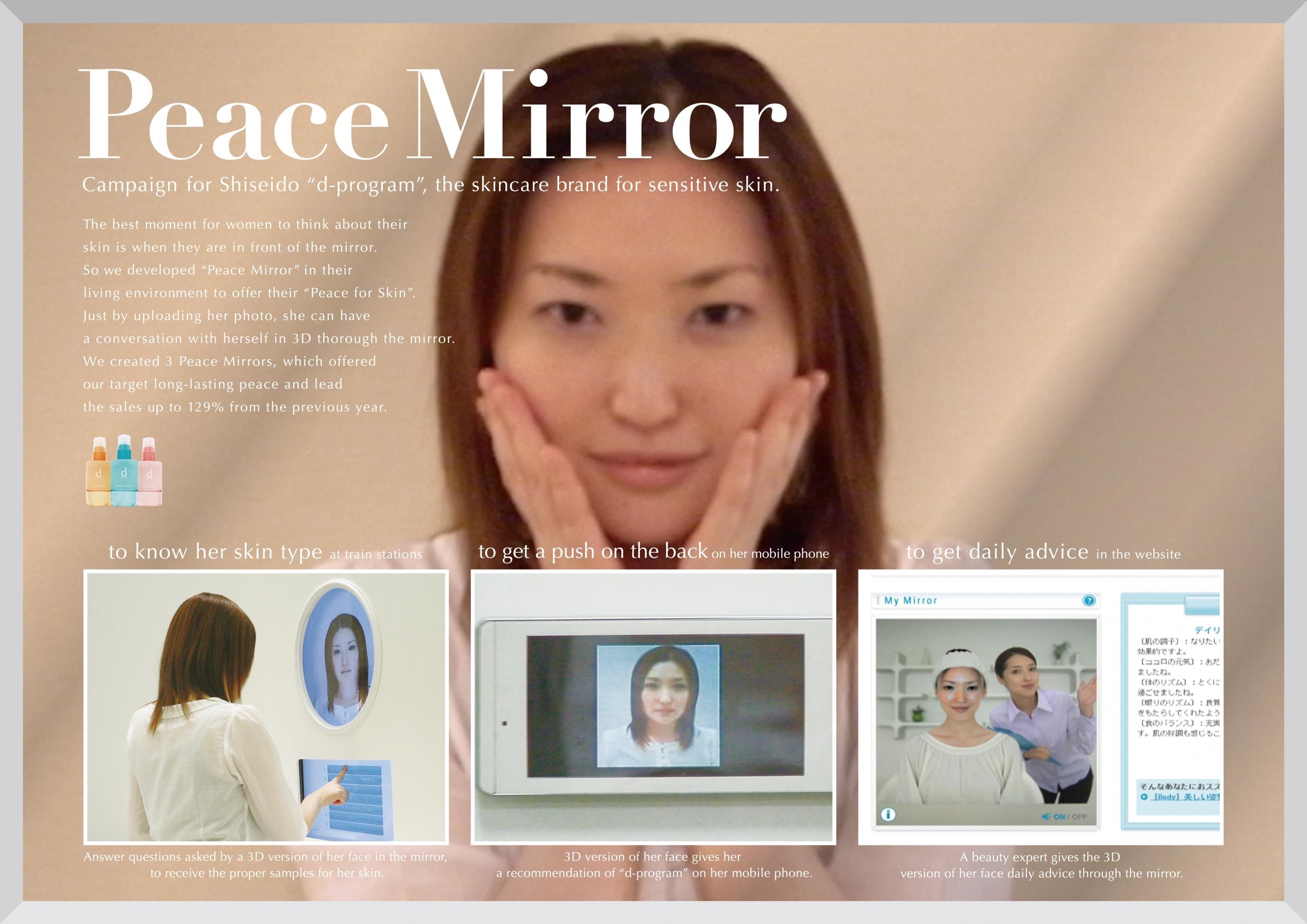Cannes Lions
Don't let Haemophilia ruin your love life
HAVAS LYNX, Manchester / ROCHE / 2020


Overview
Entries
Credits
Overview
Background
Research indicated that one of the greatest challenges this group faces is around a lack of information about the impact of the disease on sex and intimacy – a basic human right that this group of young men felt they would miss out on, but felt too awkward to ask about.
Idea
We spoke about sex and relationships in the same way our target audience do... Nobody wants to be the face of such an intimate campaign, but by bringing the patient voice to life using the peach and aubergine emojis, it allowed us to tell their stories without the embarrassment.
Strategy
We interviewed older patients and their partners to ask how they overcame challenges that haemophilia put on their relationships. Using these real stories and insights, we were able to address the topics which patients said they needed help with: Disclosure of their haemophilia, the emotional impact, and sex and intimacy. We were able to reassure them that they can enjoy the same intimate experiences as their peers.
Based on research showing that 72% of people aged 18-25 years old (TalkTalkMobile survey, 2015) find it easier to express themselves through emojis instead of words. We decided to tell the stories using their language, with the emojis they are used to seeing, on the channels they are used to using.
This approach allowed us to address an uncomfortable topic in a sensitive, light-hearted way.
Execution
Delivered as three key media flighting plans, content focused on three core topics: disclosure of their haemophilia, emotional impact on relationships, and sex and intimacy. With paid adverts (dark posts) appearing across channels in timeline, feed, in-stream, story and discovery placements, designed to reach patients and carers, where they are most engaged.
Audiences were targeted based on their haemophilia-related interests, influencer handle followership and redfinehaemophilia.com website behaviour.
We consistently improved effectiveness over time by strategically testing, learning and refining activity to scale and optimise our approach. A/B split tests of creative and targeting variations were carried out every 5-7 days to identify the best performing combinations. Testing identified that targeting patients and carers through their Haemophilia-related interests and website behaviour, with "disclosure" and "emotion" based creative messaging, plus a strong click-through call-to-action drove the most relevant traffic to the website at the most efficient cost.
Outcome
The campaign reached 606,336 people, on average 2.4 times, with 1,484,418 impressions delivered.
The biggest engagement was 434,607 2+ seconds video views, including over 103,000 50% or more video watches, demonstrating strong video consumption.
The average click-through-rate (CTR) was 2.83% versus the general healthcare average of 0.83% (source: 9clouds 2020 Healthcare Benchmarks Report) - an impressive level of core goal engagement, particularly since Haemophilia is a rare disease. It generated 21,395 social reactions and earned media.
Our campaign significantly exceeded our KPIs, delivering 5 times more traffic (365,274 versus 6,784 clicks to site), at more than triple the click-through rate (2.83% vs 0.59% CTR) and -84% lower cost (£0.22 vs £1.33 cost-per-click) than our benchmarks.
The relationships creative increased the effectiveness of our campaign versus previous creative concepts. The CTR average increased by +2.36% (5 times higher), while the cost per click reduced on average by -£0.60 (1.4 times lower).
Similar Campaigns
12 items







